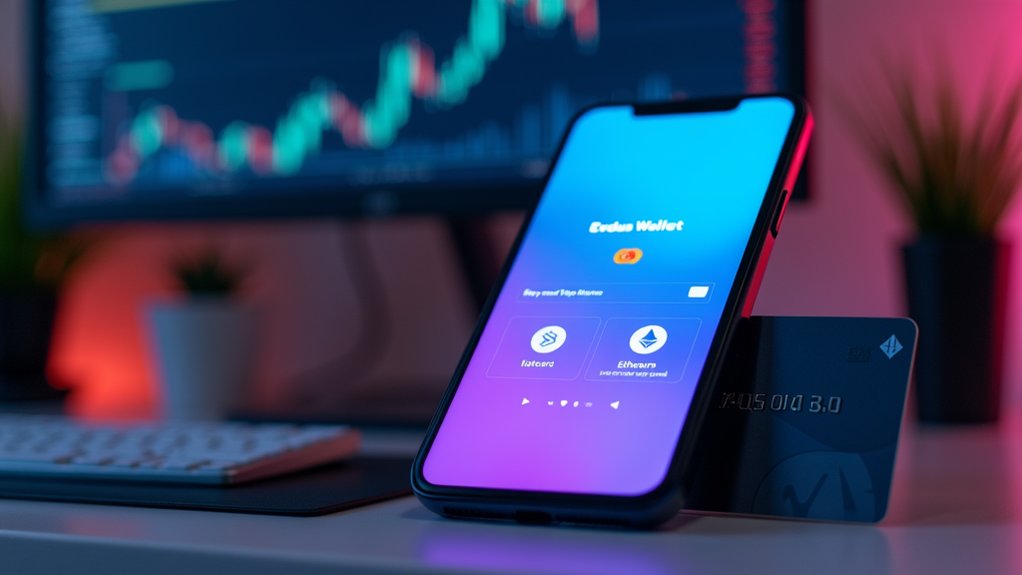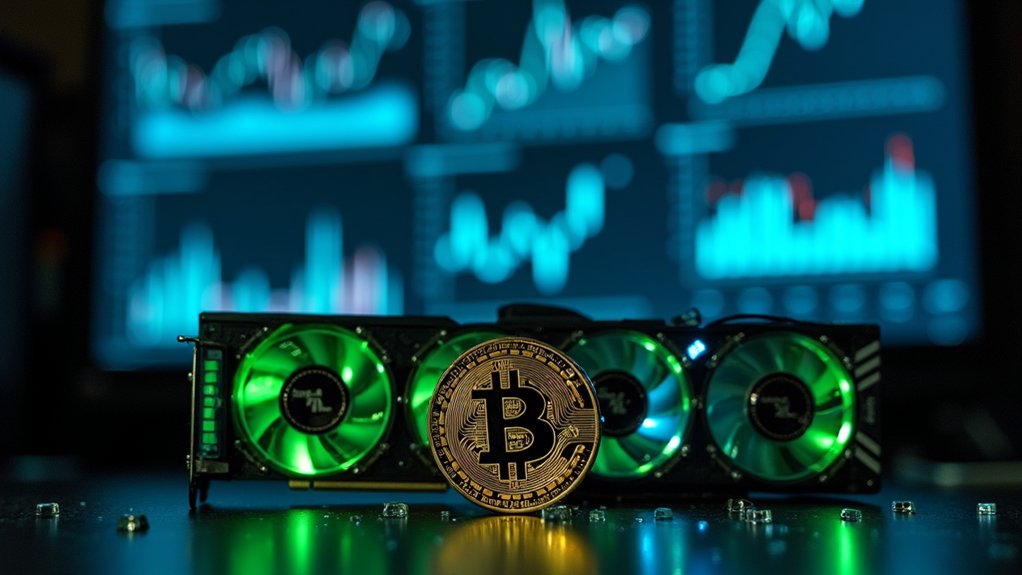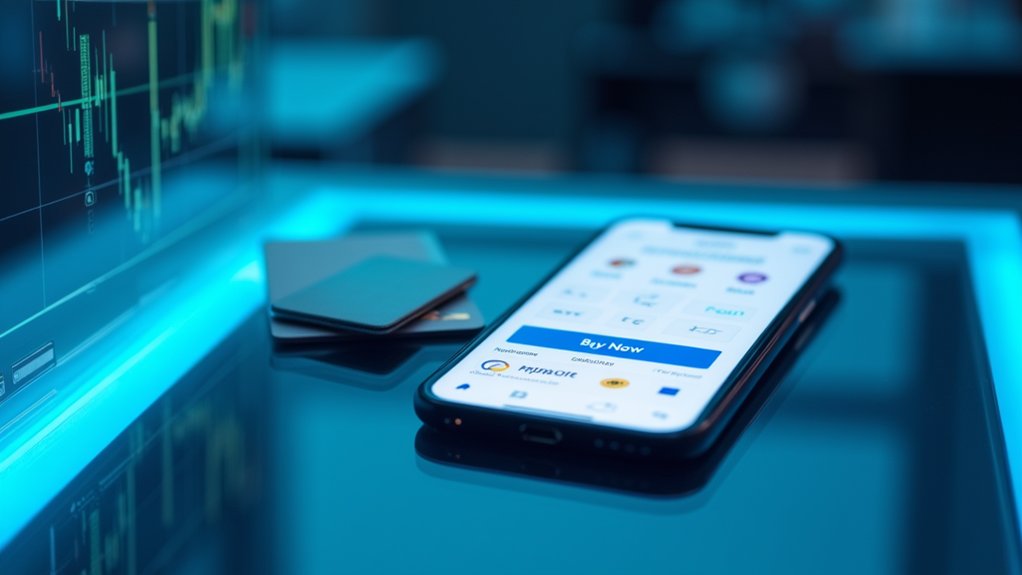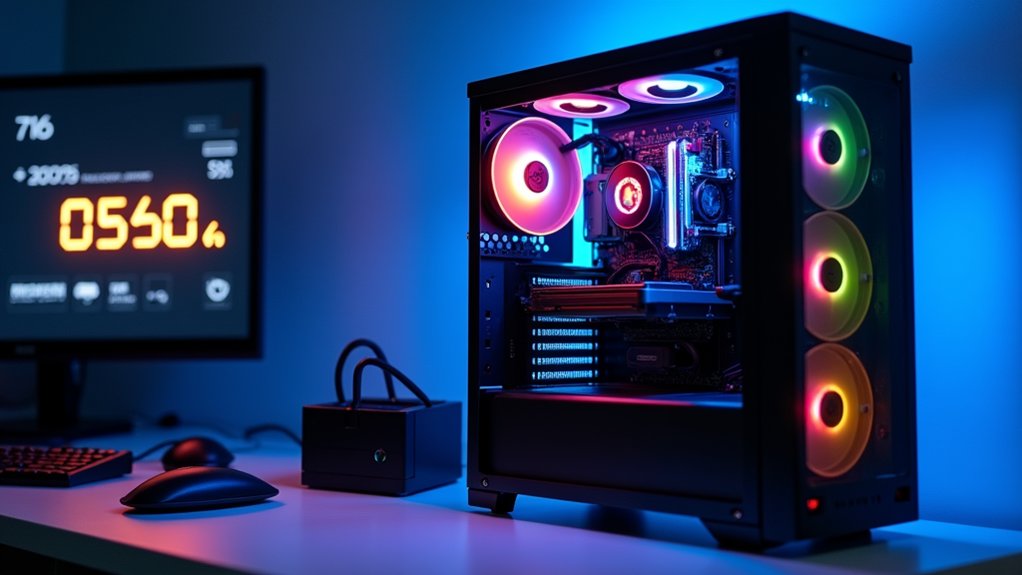To buy crypto on Exodus, users first navigate to the "Buy & Sell" tab on desktop or tap the corresponding icon on mobile. They then select their preferred fiat currency, choose the desired cryptocurrency, and specify the purchase amount. After selecting a third-party provider (MoonPay, Ramp, Sardine, or Robinhood Connect), users follow the provider's instructions to complete the transaction. Funds typically settle within 5-20 minutes, with assets transferring directly to their non-custodial wallet. The following steps elaborate on specific platform differences and potential fee considerations.
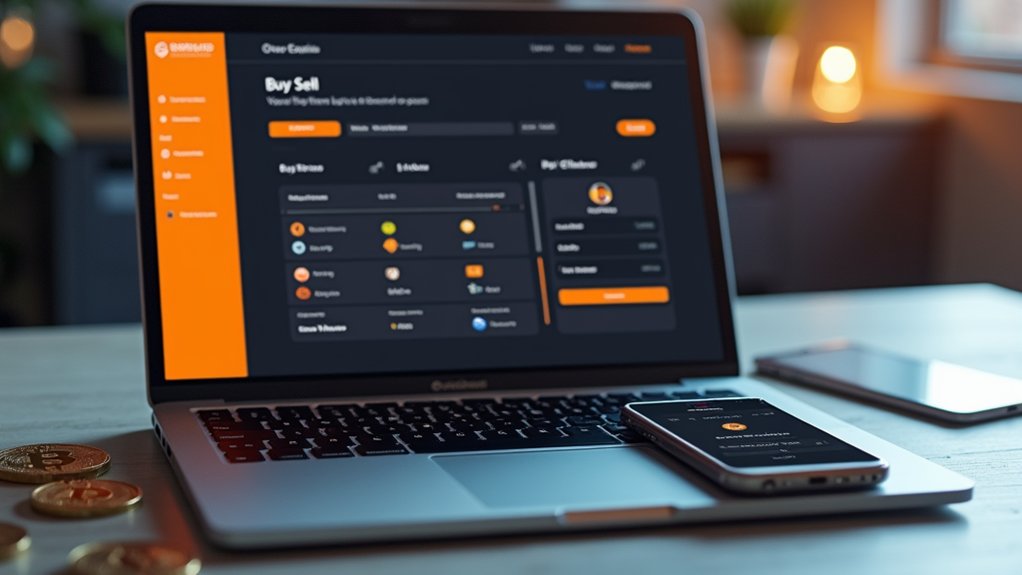
While cryptocurrency adoption continues to accelerate globally, maneuvering the purchase process remains a significant barrier for many potential investors. Exodus, a popular non-custodial wallet solution, offers users multiple pathways to acquire digital assets through its integrated third-party services, including MoonPay, Ramp, Sardine, and Robinhood Connect, which function similarly to fiat on-ramps for those looking to convert traditional currency into cryptocurrency.
Exodus simplifies cryptocurrency ownership through integrated third-party services that bridge the gap between traditional banking and digital assets.
The platform supports an extensive range of payment methods, including debit and credit cards, bank transfers, PayPal, and mobile payment solutions like Apple Pay and Google Pay, though availability varies according to geographic location and regulatory constraints. Users can purchase major cryptocurrencies like Bitcoin, Ethereum, Bitcoin Cash, and Litecoin, along with numerous altcoins and stablecoins, with the desktop version supporting over 70 coins plus 33 ERC20 tokens, while the mobile application offers a more limited selection of approximately 35 coins. This demonstrates Exodus's commitment to providing a multicurrency wallet solution as initially envisioned by co-founders Daniel Castagnoli and JP Richardson when they launched the platform in 2016. Experts recommend portfolio diversification as a smart strategy for managing risk when investing in volatile cryptocurrency markets.
The purchasing process on desktop requires users to log into their Exodus wallet, navigate to the "Buy & Sell" tab, select their preferred fiat currency from options including USD, EUR, and GBP, choose their desired cryptocurrency, specify an amount, and follow the subsequent steps provided by the third-party API provider. The wallet's comprehensive knowledge base provides users with helpful tutorials and resources to guide them through the purchase process, enhancing the experience for newcomers to cryptocurrency.
Mobile users follow a similar procedure, accessing the "Buy & Sell" icon, selecting their currencies, choosing a provider based on regional availability, and verifying wallet addresses before completing their purchase.
Exodus transactions typically settle within 5-20 minutes, with funds transferring directly to the user's non-custodial wallet, where they retain full control of their private keys. While the convenience of purchasing through Exodus typically incurs higher fees compared to centralized exchanges, users benefit from immediate access to their assets without lock-in periods.
The platform maintains security through secret phrase backups, address verification prompts, and two-factor authentication options, though users should note that certain limitations exist, particularly regarding the trading of ERC20 tokens, which can be stored but not traded via the platform's built-in exchange functionality.
Frequently Asked Questions
Is There a Minimum Purchase Amount Required on Exodus?
Minimum purchase requirements on Exodus vary by provider, with Sardine imposing a $50 USD minimum threshold, while Ramp Network does not specify minimum amounts.
Additionally, certain cryptocurrencies maintain network-specific minimum balance requirements, including 1 XRP for active XRP addresses, 1 DOT for Polkadot, and 0.01 SOL for Solana when staking or holding tokens.
These minimums are determined by both the selected third-party payment processor and the fundamental network protocols of the respective cryptocurrencies.
Can I Buy Crypto Using a Credit Card on Exodus?
Users can purchase cryptocurrencies on Exodus using credit cards through integrated third-party payment providers, including Ramp, MoonPay, and Blockchain.com Pay.
These services process Visa, Mastercard, and American Express transactions across more than 100 countries, with varying fee structures typically around 4.09% plus network fees.
The platform requires KYC verification for all transactions regardless of amount, with the verification process generally completing within approximately 60 seconds.
Which Cryptocurrencies Are Available for Direct Purchase on Exodus?
Exodus facilitates direct cryptocurrency purchases through multiple providers, including Bitcoin, Ethereum, Bitcoin Cash, Litecoin, and Solana as primary options.
Secondary altcoins available include Dogecoin, with potential access to XRP, Cardano, Stellar, and Polkadot depending on the third-party provider selected.
Purchase availability varies considerably by region, with PayPal supporting only BTC, BCH, ETH, and LTC, while Ramp Network, MoonPay, and Banxa offer more extensive cryptocurrency selections in supported territories.
Are There Regional Restrictions for Buying Crypto on Exodus?
Regional restrictions do apply when purchasing cryptocurrency on Exodus, with availability spanning over 150 countries across six continents through third-party fiat API providers.
Notable limitations exist within the United States, where Robinhood Connect is unavailable in Hawaii and New York, while Sardine excludes Hawaii, Maine, New York, North Carolina, and Texas.
Provider-specific constraints also affect payment methods, with Robinhood requiring US-issued cards and Sardine limiting bank transfers to US customers only.
What Verification Documents Are Needed for Exodus Crypto Purchases?
Verification requirements for Exodus crypto purchases vary according to the integrated third-party payment provider utilized, jurisdictional regulations, and transaction amounts.
Users may need to submit government-issued identification, proof of address, selfie verification, and potentially bank statements or tax identification numbers.
Documentation demands fluctuate based on regulatory alignment in the user's location, with higher-value transactions typically triggering more thorough verification processes through the third-party's compliance portal rather than within Exodus itself.
